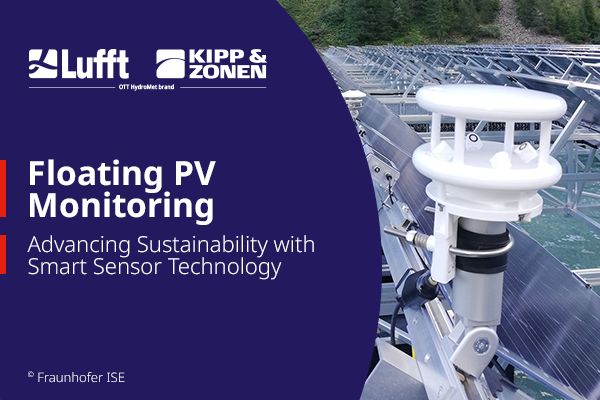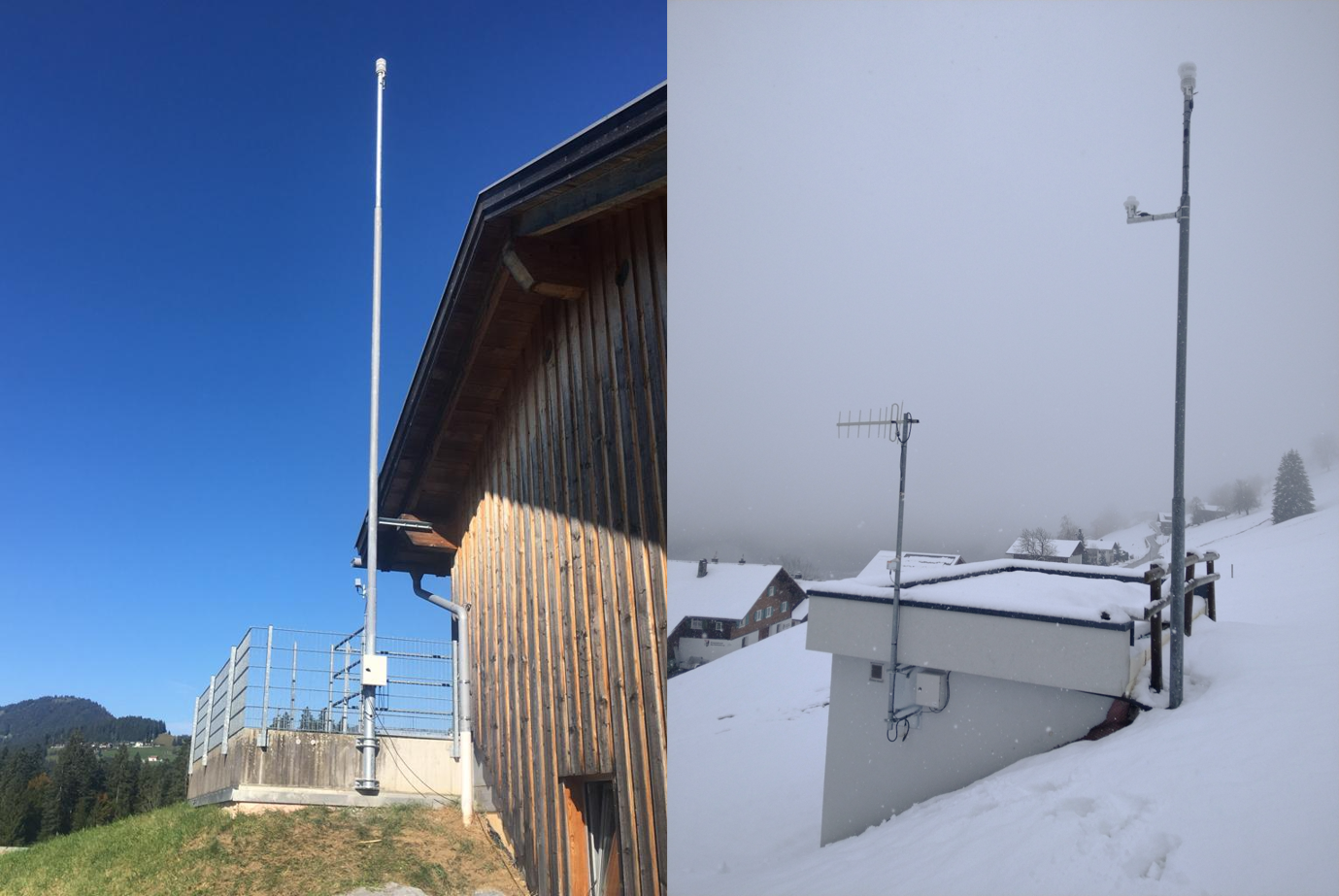In January 2017, forest fires in southern and central Chile were raging for more than two weeks. Eleven people were killed in the flames. In order to enhance preventive measures to avoid this in the future, the Chilean partner of IQ Wireless, BZ Forest, installed the first FireWatch fire detection system including Lufft technology.
In January 2017, forest fires in southern and central Chile were raging for more than two weeks. Eleven people were killed in the flames. In order to enhance preventive measures to avoid this in the future, the Chilean partner of IQ Wireless, BZ Forest, installed the first FireWatch fire detection system including Lufft technology.
Together with our German colleagues and the US subsidiary of Lufft we successfully installed the first Lufft weather station in Los Ángeles, Chile. It comprises a WS700 all-in-one weather sensor and reliably has sent the environmental data to the Weather Underground online platform since March 30, 2017. Recently, Weather Underground classified the Lufft station as “Goldstar High Quality Weather Station” (see screenshot).
Weather Underground is a global community bringing together hyperlocal data from environmental sensors like weather stations and air quality monitors. Thus users can use them freely to create forecasts, warnings or for other purposes.
In the future, the data will be used mainly to forecast the spread of forest fires.
Why Lufft Sensors?
At first, we were considering whether to use the sensor models recommended by Weather Underground or the Lufft one without mechanically moving parts.
But the good service of the Lufft USA team made it easy for us to decide: They delivered the sensor very quickly and assisted us very well with their experience and guidance – even in Spanish!
The data integration into the Weather Underground platform was undertaken by our colleague Andreas Jock from IQ Wireless in Germany.
Currently, we are involved in a “pilot project” including the Lufft sensor for two major private forest companies here in Chile. Thus, we want to show them that the information provided by the meteo station will be extremely helpful in order to predict the spread of forest fires.
These two forest companies alone have approximately 170 spotter towers. Currently three of them are equipped with the FireWatch system from IQ Wireless – a terrestrial, digital, remote surveillance system for the automated early detection of forest fires. It’s capable of observing large wooded regions and of analyzing, evaluateing, linking and storing the collective data.
Our goal as representatives of IQ Wireless is to provide an early forest fire detection system and deliver the best possible information. Based on this, fire dispatchers can estimate which and how many resources need to be deployed to suppress the fires effectively.
How will it continue?
The next step is to integrate the weather data and the fire position issued by the FireWatch system into a wildfire propagation simulator.
This will provide a comprehensive system giving early and accurate forest fire detection and real time, precise weather data, resulting in a fire simulation that will be extremely useful for the resource allocation, allowing a most effective fire suppression.
I’m sure that Lufft high end weather stations will play a vital role in this last part. My team and I have the opinion, that many more stations should follow this first one to provide a higher control and safety level.
Thanks a lot to the Lufft team for the great cooperation and the assistance.
Questions or wishes? Contact us, we’re happy to help:


